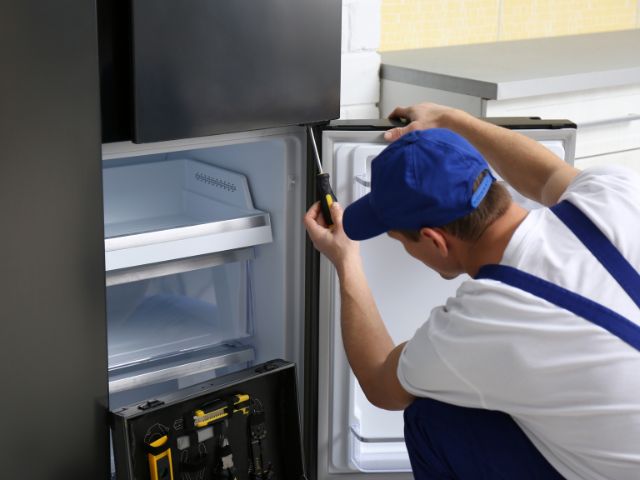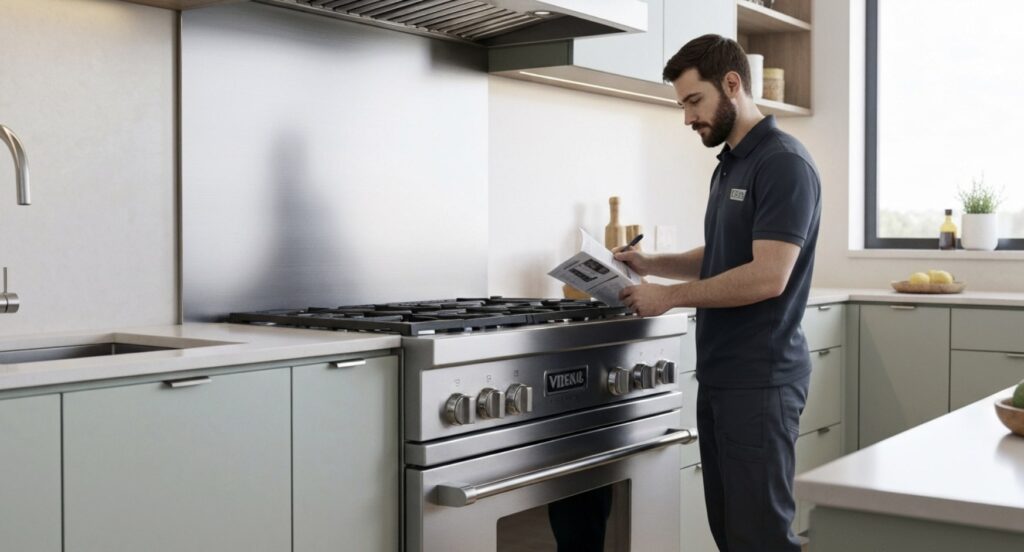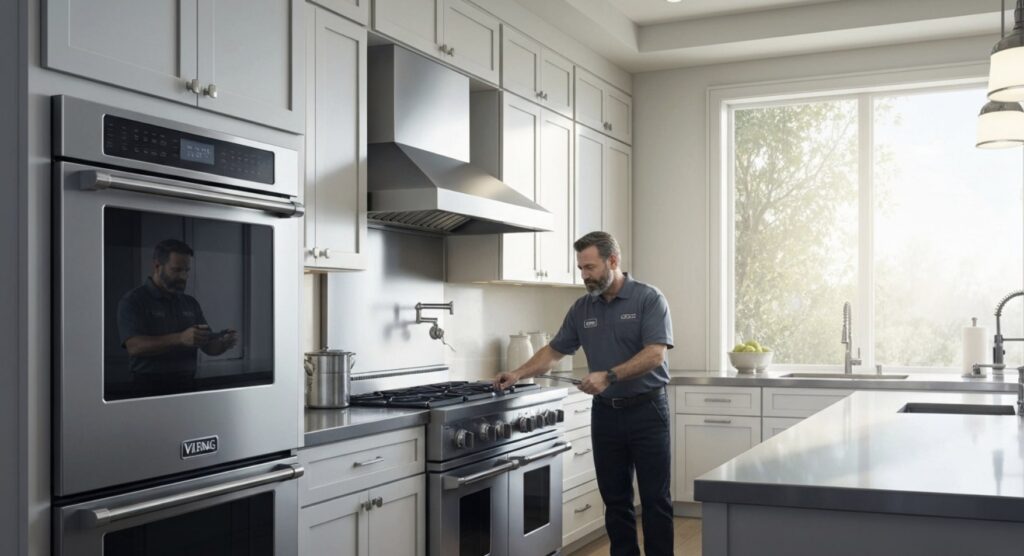It’s a frustrating experience when your Viking gas stove isn’t heating up as expected. Whether you’re trying to simmer a sauce or boil water, a stove that isn’t performing can disrupt your cooking and leave you wondering, “Why is my gas stove not getting hot enough?” This article will explore common causes behind this issue and offer straightforward solutions to get your stove back to optimal performance. By understanding and addressing these problems, you’ll be able to enjoy hassle-free cooking once again.
Common Causes and Solutions
If your gas stove isn’t getting hot enough, several factors could be at play. Here’s a detailed look at the potential causes and step-by-step solutions to help you resolve the issue:
Clogged Burner Ports:
- Cause: Over time, food particles, grease, and debris can accumulate in the burner ports, restricting the flow of gas and affecting the heat output.
- Solution:
- Turn Off the Stove: Ensure the stove is completely off and cool before you begin cleaning.
- Remove Burner Grates and Caps: Carefully lift off the grates and burner caps.
- Clean Burner Ports: Use a small brush or a toothpick to clear any debris from the burner ports. Avoid using sharp objects that could damage the ports.
- Reassemble: Once cleaned, place the burner caps and grates back in their positions.
Improper Gas Flow:
- Cause: If the gas flow is restricted or inconsistent, it can prevent the stove from reaching the desired temperature.
- Solution:
- Check Gas Supply: Ensure that the gas supply to the stove is fully turned on.
- Inspect Gas Line: Look for any kinks or blockages in the gas line. If you suspect a problem, you may need a professional to inspect the line.
- Check for Leaks: If you smell gas, turn off the stove immediately and ventilate the area. Contact a gas professional to check for leaks and repair them.
Faulty Ignition System:
- Cause: A malfunctioning ignition system can lead to uneven or low heat output.
- Solution:
- Inspect Igniter: Check the igniter for any visible damage or wear. If it’s not sparking properly, it may need replacing.
- Test Ignition: Turn on the burner and observe if the igniter is producing a consistent spark.
- Replace Igniter: If the igniter is faulty, replace it with a new one. Refer to your stove’s manual for the correct part and installation instructions.
Malfunctioning Thermostat:
- Cause: The thermostat controls the heat level of the burner. If it’s not functioning correctly, the stove may not get hot enough.
- Solution:
- Test Thermostat: Use a kitchen thermometer to test the temperature of the burner. Compare it to the setting on the stove.
- Adjust Thermostat: If the temperature is not as expected, consult the stove’s manual for thermostat adjustment instructions.
- Professional Help: If adjustment doesn’t solve the problem, you may need a professional to inspect or replace the thermostat.
Dirty or Faulty Burner Heads:
- Cause: Burner heads can become clogged with grease or food residue, impacting their efficiency.
- Solution:
- Turn Off and Cool Down: Ensure the stove is turned off and cool before cleaning.
- Clean Burner Heads: Remove the burner heads and clean them thoroughly with a brush and mild detergent. Rinse and dry them completely before reassembling.
- Inspect for Damage: Check for any cracks or damage. If the burner head is damaged, replace it with a new one.
Gas Regulator Issues:
- Cause: The gas regulator controls the flow of gas to the burners. If it’s malfunctioning, it can affect the heat output.
- Solution:
- Check Regulator: Ensure that the gas regulator is properly connected and not blocked.
- Test for Consistency: Turn on the burners and observe if the gas flow is consistent.
- Replace if Necessary: If you suspect the regulator is faulty, consider replacing it. Consult with a professional for proper installation.
By understanding these common causes and solutions, you’ll be well-equipped to handle any issues with your gas stove and enjoy smooth, reliable cooking once again.
Final Thoughts
Addressing the question of “why is my gas stove not getting hot enough” involves a careful examination of several potential issues. From clogged burner ports to faulty ignitions and gas flow problems, each cause has a corresponding solution that can restore your stove’s efficiency. By following the troubleshooting steps outlined above, you can often resolve these issues yourself. However, if problems persist or if you’re uncomfortable with performing these tasks, don’t hesitate to seek our professional assistance here at Viking Appliance Repair Pros to ensure safe and effective repairs.
FAQs
- How can I tell if my gas stove’s burner ports are clogged?
- If the flame is uneven or has a yellowish color, it may indicate clogged burner ports. Cleaning the ports can often restore proper heat output.
- What should I do if my gas stove still isn’t heating up after cleaning?
- If cleaning doesn’t resolve the issue, check for other problems like faulty ignition or gas flow issues. Consult a professional if needed.
- Can I fix a faulty gas regulator myself?
- While you can inspect the gas regulator, replacing it is best done by a professional to ensure proper installation and safety.
Get more practical tips about Viking Stove Burner Not Working in our previous article. Read it now.






